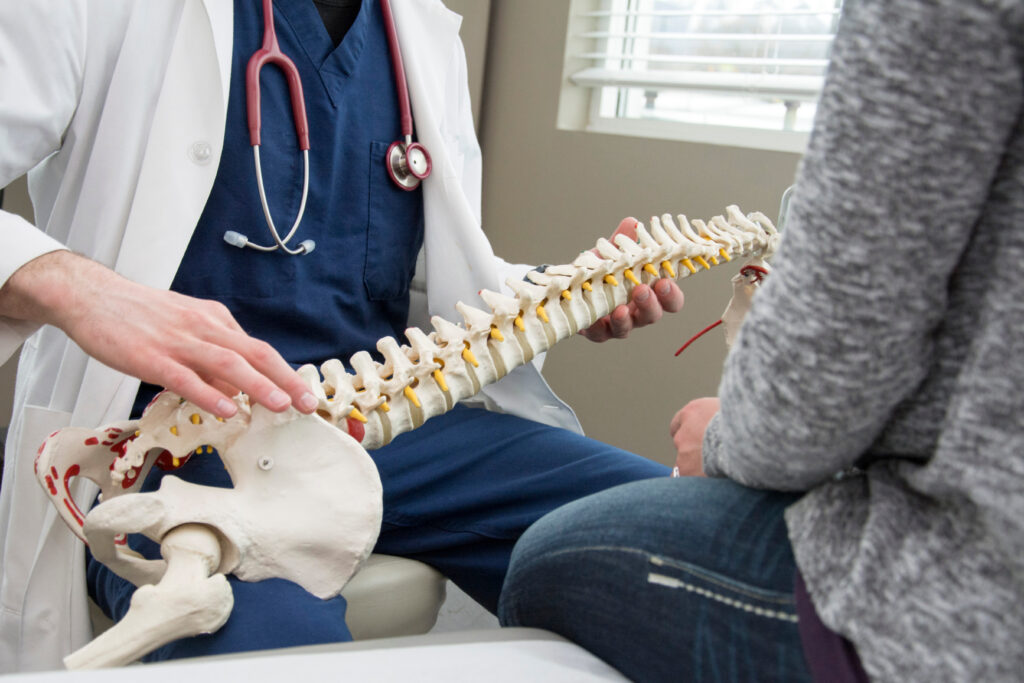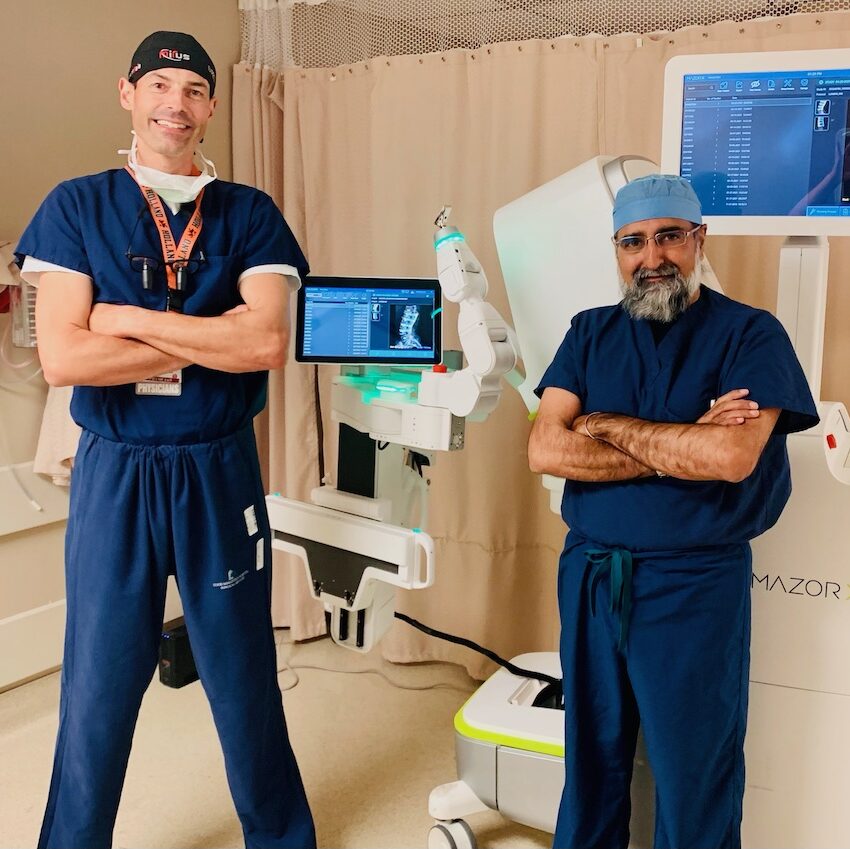An Overview of Back Conditions That Commonly Outcome in Surgical Therapies
Spine conditions such as herniated discs, spine stenosis, and degenerative disc disease often demand surgical interventions when conventional treatments stop working to reduce consistent signs and symptoms. Recognizing the nuances of each condition and the corresponding surgical alternatives, such as discectomy or back blend, is important for reliable monitoring.
Herniated Discs
Although many people with herniated discs might locate alleviation via traditional therapies, surgical treatment comes to be an essential factor to consider when signs and symptoms continue or get worse - best spine surgeons in st louis mo. A herniated disc occurs when the soft internal gel of a spinal disc extends through its external layer, possibly leading and pressing close-by nerves to discomfort, tingling, or weak point in the extremities
Traditional management commonly consists of physical treatment, pain medicines, and corticosteroid shots, which intend to decrease swelling and boost feature. However, in instances where these techniques fail to relieve debilitating signs, surgical choices might be discovered.
One of the most usual operation for herniated discs is a discectomy, which entails the elimination of the herniated portion of the disc to ease stress on the influenced nerve root. In extra extreme cases, spinal fusion may be essential to stabilize the impacted vertebrae.
Individuals are advised to talk about the potential dangers and benefits of surgery with their healthcare copyright to make a notified choice. Eventually, the objective of any type of surgical treatment is to restore feature, ease discomfort, and improve general top quality of life for people enduring from herniated discs.
Spine Constriction
Back stenosis happens when the spaces within the back narrow, bring about raised pressure on the back cord and nerves. This condition can create in numerous regions of the spinal column, including the back and cervical locations, often due to age-related modifications, such as degenerative disc disease, arthritis, or enlarging of ligaments.
Patients with spine stenosis might present with symptoms that consist of pain, feeling numb, tingling, or weak point, mostly in the arms or legs. These signs and symptoms can be exacerbated by activities that involve standing or strolling, usually leading individuals to seek relief via conservative therapies like physical treatment, medications, or epidural steroid shots.
However, when these non-surgical interventions fall short to give adequate relief, surgical alternatives may be thought about. Typical surgical procedures for spinal constriction include laminectomy, which entails the removal of part of the vertebra to minimize stress, and spinal blend, which maintains the afflicted location.
Spondylolisthesis
Spondylolisthesis takes place when one vertebra slides forward over another, bring about imbalance of the spinal column. This problem can result from different factors, consisting of genetic issues, injury, or degenerative modifications in the back. It is most frequently observed in the lumbar area, specifically at the L4-L5 and L5-S1 degrees.

Therapy choices vary based on the seriousness of the slippage and the signs and symptoms provided. Conservative measures, consisting of physical treatment, pain monitoring, and activity modification, are usually the initial line of protection. Nevertheless, when non-surgical methods fail to eliminate symptoms or when significant nerve compression exists, medical intervention might be required. Surgical alternatives can include spinal fusion or decompression treatments, targeted at bring back positioning and minimizing neurological symptoms. Early diagnosis and appropriate administration are essential for optimum outcomes in people with spondylolisthesis.
Degenerative Disc Illness

People with DDD commonly experience pain that might emit to the arms or legs, depending on the influenced area of the spine. The problem can be identified through a combination of clinical evaluation, imaging research studies, and individual background. Therapy options typically begin with traditional actions, including physical treatment, discomfort administration, and way of life adjustments. When these approaches fall short to supply adequate alleviation, medical interventions might be taken into consideration.
Surgical choices for DDD may consist of back blend or synthetic disc replacement, targeted at stabilizing the influenced sector and minimizing pain (best spine surgeons in st louis mo). Inevitably, the option of treatment is embellished, considering the intensity of the condition, individual health, and lifestyle factors
Back Growths

Spine tumors can emerge from numerous variables, including genetic tendency, ecological impacts, and pre-existing clinical conditions. People might present with a variety of signs and symptoms, including localized discomfort, neurological shortages, weakness, or modifications in bowel and bladder function, depending on the growth's dimension and location.
Diagnosis commonly includes imaging studies such as MRI or CT scans, which aid define the tumor's features and effect on bordering structures. In examining therapy choices, the growth's grade, place, and kind are crucial factors to consider. Surgical treatment might be warranted to relieve symptoms, obtain a biopsy, or eliminate the Read More Here lump entirely. The objective of surgery is frequently to decompress neural elements and maintain the spine. Adjuvant treatments, including radiation or chemotherapy, may additionally be necessary relying on the lump's nature. Early discovery and treatment are crucial for optimizing outcomes in individuals with spinal growths.
Final Thought
In recap, spine problems such as herniated discs, spine stenosis, spondylolisthesis, degenerative disc condition, and back tumors regularly necessitate medical treatment as a result of their possible to create substantial discomfort and functional impairment. While traditional therapies may offer short-lived alleviation, medical choices end up find out here now being vital when signs linger or get worse. Timely diagnosis and treatment play a critical duty in restoring function and enhancing the lifestyle for damaged individuals, highlighting the significance of extensive spinal care.
